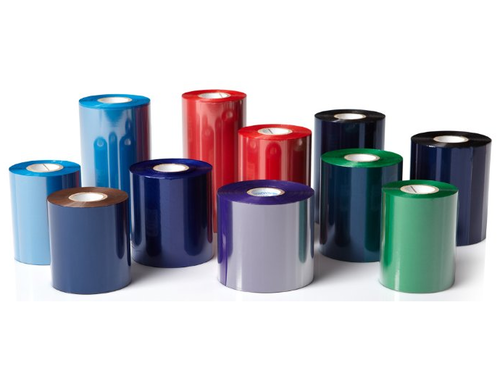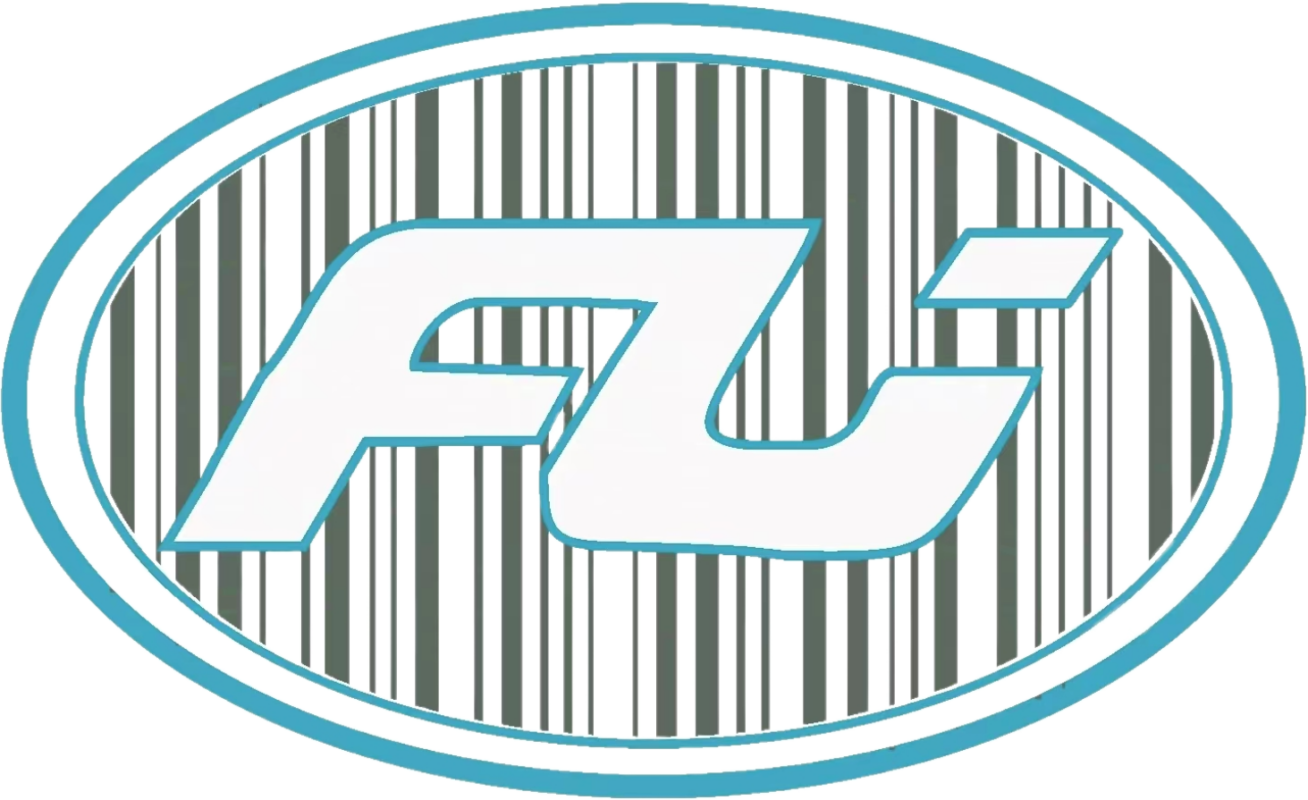Blog
Ribbon Prices Explained: What Influences the Cost of Thermal and Decorative Ribbons?
The cost of ribbons shows substantial variation depending on the supplier and the type of material and application. To properly source either industrial thermal transfer ribbons or retail decorative ribbons the knowledge of total cost components remains crucial. Although a few cents per roll appears negligible, their cumulative effect over thousands of units can significantly reduce your profit margins. Ribbon Prices Explained: What Influences the Cost of Thermal and Decorative Ribbons?
Explore this comprehensive article to learn what determines ribbon pricing in wholesale markets. We discuss every critical factor distributors and procurement professionals should analyze before making a purchase including material composition, custom options, delivery timelines and packaging styles. This article will provide you with understanding and assurance whether you purchase 1,000 rolls or scale up to tens of thousands.
What Factors Affect Ribbon Prices?
1. Ribbon Type and Application
Each ribbon type serves unique purposes which determine their varying material requirements.
- Thermal Transfer Ribbons
- Wax ribbons are affordable and suitable for basic shipping label applications.
- Wax-Resin: Mid-range, more durable and smudge-resistant.
- Resin ribbons cost more because they withstand extreme conditions like chemicals and high heat. ).
- Decorative Ribbons
- Satin: Smooth, luxury appeal.
- Grosgrain: Ribbed and durable.
- Organza: Sheer and lightweight.
The various types of ribbons differ in complexity which affects both the raw materials cost and their pricing.
2. Material Quality
Key material components include:
- Ink formula or dye type (thermal ribbons)
- Yarn type and weave density (decorative ribbons)
- PET film thickness and coating layers
- Backcoat or topcoat presence (affects printer life)
While higher-grade materials provide better performance and durability they also result in increased costs.
3. Roll Specifications
- Rolls that feature increased width or length result in higher costs.
- Core Size: 0.5” vs 1” vs 3”.
- The ink side position determines the costs for slitting and winding operations.
- Non-standard dimensions necessitate special tooling.
4. Order Quantity and MOQ
Pricing typically varies by:
- Roll quantity (e.g., 1,000 / 5,000 / 10,000)
- Pallet-level discounts
- Contract or annual ordering programs
When you order higher volumes, better pricing per unit becomes available because of economies of scale.
5. Customization and Branding
Custom ribbons often cost more due to:
- Plate setup fees
- Metallic/foil print upgrades
- PMS color matching
- Custom packaging and branding
These options deliver increased brand presence and resale opportunities.
6. Packaging and Logistics
- Bulk vs. boxed
- Shrink-wrapped rolls vs. individually packed
- Export-ready cartons and labeling
The total landed cost is affected by both packaging choices and international shipping logistics.
7. Lead Time and Production Speed
Urgent orders may carry a surcharge. Quick turnarounds necessitate dedicated production slots and air freight which increases cost.
Analyze ribbon pricing differences between suppliers to make informed purchasing decisions.
1. Break Down the Quote
Always ask for detailed pricing that includes:
- Material and ribbon type
- Roll dimensions and ink formula
- Printing or branding options
- Packaging style
- Freight or delivery terms (FOB, CIF, DDP)
2. Compare More Than Just the Unit Price
Evaluate the total cost of ownership, including:
- The waste rate increases because cheaper ribbons have a higher chance of causing print failures.
- Printer wear (low-quality ribbons can damage equipment)
- Customization value (added marketing ROI)

3. Sample Testing
The optimal method for validation requires using a test roll or production sample.
- Print density and sharpness
- Smudge and scratch resistance
- Roll uniformity and winding quality
4. Supplier Capabilities
Choose suppliers that offer:
- OEM/ODM services
- Flexible MOQs
- In-house coating and slitting lines
- Short lead times and technical support
Typical Ribbon Price Ranges (Wholesale Market)
| Ribbon Type | Price Range (USD/Roll) | Use Case |
|---|---|---|
| Wax Ribbon | $0.25 – $0.60 | Logistics, warehousing |
| Wax-Resin Ribbon | $0.45 – $1.00 | Retail, shelf labels |
| Resin Ribbon | $0.80 – $1.80 | Harsh environments |
| Satin Decorative Ribbon | $0.10 – $0.35/m | Luxury packaging |
| Grosgrain Ribbon | $0.12 – $0.45/m | Craft, branding bows |
| Organza Ribbon | $0.09 – $0.30/m | Floral, seasonal |
Note: The price of ribbon changes according to how it is customized and factors like length and dyeing methods as well as seasonal demands.
Hidden Costs to Watch For
- Custom logos or sizes will incur additional tooling or mold fees.
- Currency exchange losses when paying overseas
- Inland transportation fees for port-to-factory transfers
- Make sure to account for customs clearance and duty charges since they are not covered in your initial quote.
Always clarify what’s included to avoid surprises.
How to Reduce Ribbon Procurement Costs
1. Order in Bulk
Combine your orders every three months or once a year to obtain discounts based on purchase volume.
2. Choose Flexible Packaging
If you don’t need to resell ribbons then choose large rolls or basic packaging options.
3. Use Pre-Made Templates for Custom Ribbons
The cost of custom plates can be avoided by printing standard templates for holiday designs and logos.
4. Partner With an OEM Manufacturer
Working with an OEM manufacturer allows you to manage materials specifications and production timelines. Customization transforms into cost savings while eliminating financial burdens.
When Low Ribbon Prices Signal a Problem
Be cautious when:
- Prices are 30%+ below market average
- Supplier lacks product testing certificates
- The quotation fails to include specific information regarding materials, ink types and packaging options.
- Payment terms are unusually rigid or risky
Cheap ribbons often result in:
- Printer damage
- Barcode scanning errors
- Shorter shelf life of printed labels
Conclusion
To fully understand ribbon costs you must examine factors beyond the listed price. The true cost of ribbon materials depends on multiple factors including materials used, roll dimensions, customization options, logistics considerations and supplier capabilities. By analyzing and comparing essential elements, distributors, resellers and bulk buyers will make better purchasing decisions which enhance their bottom line.
Achieving the best value, performance, and long-term ROI when purchasing thermal or decorative ribbons requires understanding the factors that determine pricing.
FAQs
1. What factors determine the price difference between wax and resin ribbons?
Wax ribbons provide a cost-efficient choice for basic labeling tasks. Despite their higher cost, resin ribbons deliver superior resistance when used in harsh conditions.
2. Does customized printing significantly increase ribbon price?
Customized printing may increase ribbon prices when metallic foil application or full-color printing with complex branding designs are requested. The costs of individual customizations decrease when OEM bulk orders are placed.
3. Do decorative ribbon prices change throughout the year?
Ribbon prices increase during the Q4 holiday period and spring wedding season because of higher demand. Plan bulk orders ahead of peak seasons.
4. What minimum order quantity is standard for wholesale ribbon purchases?
The minimum order quantity generally ranges from 1,000 to 5,000 rolls/meters based on ribbon type and customization requirements.
5. Do you allow sample requests before confirming a bulk order?
Absolutely. A trustworthy ribbon supplier needs to deliver physical samples so customers can test for compatibility and assess print quality and material performance.
- Email: sales@foyottr.com
- Phone: Tel: +86-592-6018318
- Website: https://foyottr.com

